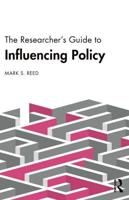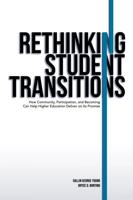Publisher's Synopsis
The present study is initiated with the specific objective of observing, both during and after deformation in Nickel Crystal by TEM experiments, the mechanisms of the deformation and fracture using state of the art experimental tools in high purity, fully dense nanocrystalline metals with a narrow range of gain sizes. The goal is to develop a strategy to reach the rational design of nanomaterials i.e. nanocrystal Nickel with modelled and controlled particles size, morphology, orientation, and crystal structure, i.e. purpose-built nanomaterials, to probe, tune, and optimize their physical, chemical properties and mechanical properties. In our view, to achieve such ambitious challenge, the most pertinent parameter to monitor is the dislocation mechanism of the system. In an attempt to take part in the fascinating nanoworld, and to contribute to its ambitious challenges, the present review will expose the outcome of a novel general concept of nucleation, growth, thin film processing method. Now a days, new concepts of nanocomposites and nano glasses are also being investigated with special emphasis on ceramic composites to increase their strength and toughness. There appears to be a great potential for applications in the near future for nanocrystalline materials. The extensive investigations in recent years on structure-property correlations in nanocrystalline materials have begun to unravel the complexities of these materials, and pave the way for successful exploitation of alloy design principles to synthesize better materials than hitherto available. For the first time, direct and compelling conclusive evidence of the deformation mechanism crossover is provided. In addition, unexpected dislocation activities are also observed in grains as small as 5 nm. Nano beam diffraction observations revealed that a nanocrystalline grain with a size of about 20 nm may experience ultrahigh elastic strain during deformation and the implication of this finding is discussed in detail. Also Understanding the formation mechanisms and role of grain agglomerates in nanocrystalline metals is expected to directly impact the processing methods required to create nanocrystalline metals with improved strength and ductility.










